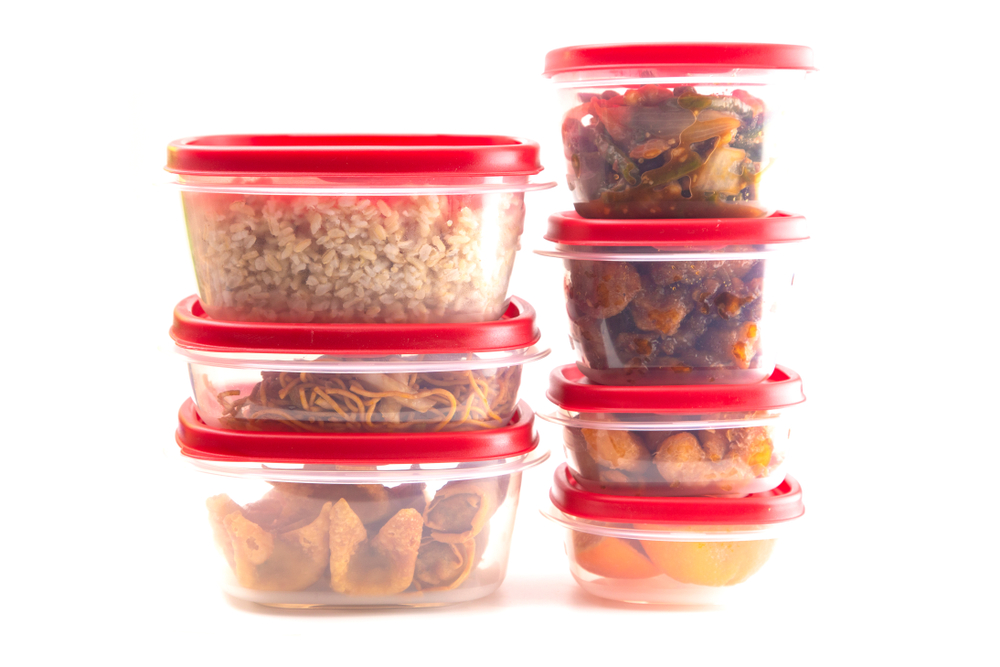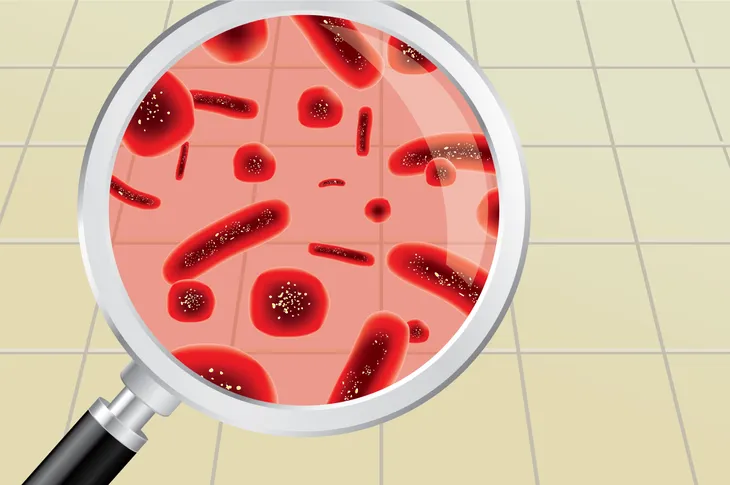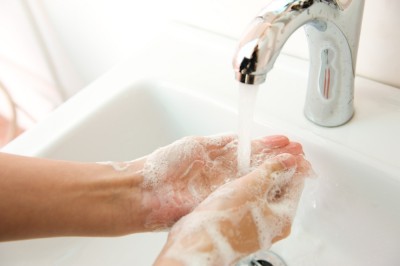Sometimes the most harmful things are those that we can’t even perceive. This is certainly the case with the surprising number of dangerous chemicals that pervade items found in every American home. Who would have thought that a lazy afternoon on the couch meant not only cuddling with the family dog, but also known carcinogens? Everything from your king size bed to your Lazy Boy chair contain hard to pronounce, but known-to-be toxic—chemicals! Unfortunately, while most of these chemicals enter our homes mostly undetected, the residue they leave behind is anything but. There is growing worry about the potential long-term effects of chemical effects on people’s health.
Here is a list of common sources for these chemicals in the average home…
The Couch
The couch is often the central furniture piece in peoples’ homes. It’s where we watch our favorite sporting events with our families and snooze by ourselves on a Sunday afternoon. In other words, couches seem to hold a special place in our hearts because of the things that we do with them. An impenetrable psychological moat surrounds your couch; when you are laying on it, you cannot be bothered.
Turns out, this domestic fort is anything but impenetrable. In fact, almost all couches are infested with a surprising amount of risky chemicals. In 2014, Mother Jones published an article that says it all: “Your Couch May be Killing You.” The article explains that over 85-percent of couches tested contained flame retardant chemicals that are known carcinogens, like chlorinated Tris, which was banned from children’s sleepwear in 1977. There has been an avalanche of studies documenting the toxicity of our couches in the last few years. Fortunately, this has led to some manufacturers phasing out of these harmful chemicals. Chances are though; the couch you have is still emitting harmful chemicals into your home.
 Shutterstock/fizkes
Shutterstock/fizkesThe Mattress
Similar to your couch, your mattress—you know that thing you will supposedly spend a third of your life on—is loaded with chemicals in order to satisfy the government’s flameproof regulations. As the Chicago Tribune documented in a special investigative series, “Playing with Fire,” the government began requiring that mattress manufacturers create beds that were less combustible in response to a rash of house fires in the 1970s. Seems reasonable, right?
Well, not really, because the cause of the fires was usually cigarettes. Instead of demanding that Big Tobacco modify their product to be safer, however, the government—under pressure from the lobbying of Big Tobacco—decided to focus on making mattresses “safer.” In order to do this, manufacturers turned to chemicals known as flame-retardants. Chemicals like chlorinated Tris and others became the standard ingredients in the polyurethane foam cushions (basically, the core of most beds). Perhaps the worst part about all of this? Besides the gradual off gassing that these chemicals undergo, according to the Chicago Tribune, they don’t even work when it comes to stopping fires.
Plastic Food Storage
While our plastic food containers are certainly convenient, this may come at the cost of our leftovers leaching chemicals from their petroleum-based container. Tupperware contains polycarbonate (or plastic #7), which has been shown to transmit Bisphenol-A, or BPA, a chemical that is believed to disrupt the hormonal system. Tupperware also contains phthalates, a chemical substitute for DEHP (another known-to-be-bad chemical), which strengthens the plastic.
Certain plastic storage that is not microwave or dishwasher safe will leech the phthalates into the food. Researchers at Columbia University argued in 2014 that there is evidence that phthalates can lower the IQ of children if their mother had high amounts in their system while pregnant. A good way to avoid these harmful chemicals is to stop using recyclable plastics labeled 3, 6 or 7, which use phthalates during manufacturing. While transferring food out of plastic containers and into glass before microwaving is a smart move, it might be even better to go one-step further and replace all plastic food containers with good old glass. Remember, glass worked fine for thousands of years, long before plastic ever came around.
Your Floors
Millions of American homes upgrade their floors every year. In doing so, they may inadvertently downgrade their long-term health. Whether its vinyl, hardwood, or laminate, we are coming to realize that floors these days are emitting some rather harmful chemicals into our living space. Thanks to 60 Minutes, everyone has heard about the formaldehyde in the laminate floors that Lumber Liquidators was selling, even though they were supposed to be certified as safe. The formaldehyde is used as glue that binds the wood together, but will off gas after installation and can cause respiratory problems.
Vinyl floors are also troublesome because they contain phthalates (the same harmful chemical as Tupperware). Testing conducted by Safer Chemicals, Healthy Families found that over half of the vinyl that they tested contained phthalates and that the vinyl with phthalates contained as much as 90 percent more of the chemical than what the Consumer Product Safety Commission allows in children’s toys. Home Depot has since announced that it will phase out all phthalates from its vinyl flooring in the near future.






